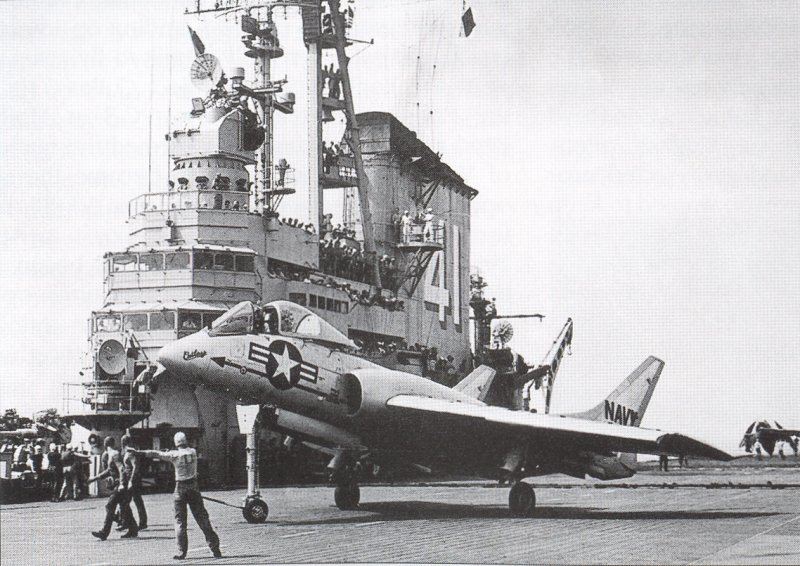Gunbuster
Diamond Member
- Oct 9, 1999
- 6,852
- 23
- 81
Someone got sold on the idea that because it's shaped like a airplane that it can be used as such. Land, roll it back to the launch pad, prop it up, and shoot it off again. In essence a "free" space craft after the first time around.
The reality is a 450+ million launch, and I'm not sure that even includes all the refit and inspection after a landing.
The reality is a 450+ million launch, and I'm not sure that even includes all the refit and inspection after a landing.




